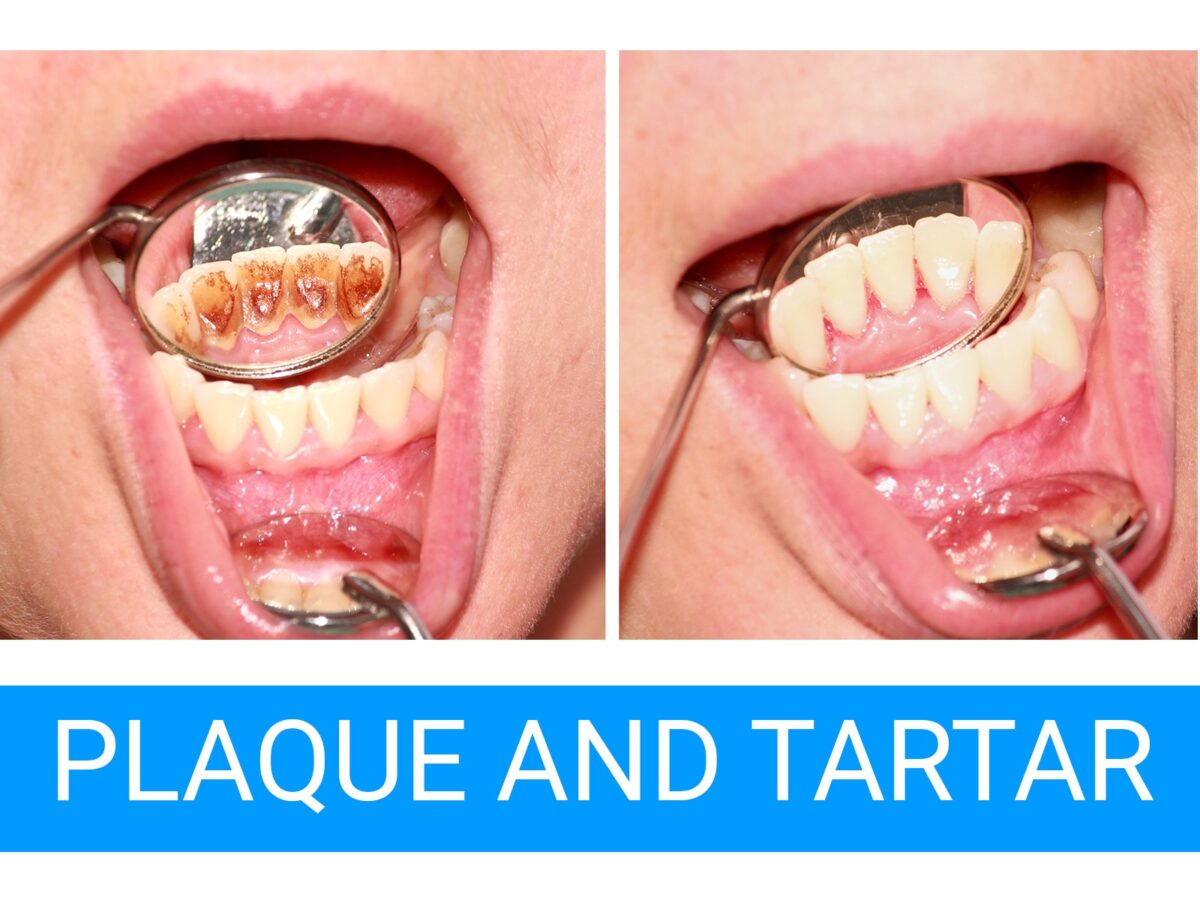Blog
Dental hygiene tips for healthy teeth & gums

Does removing tartar hurt?
Plaque that has solidified on the teeth is known as tartar or calculus. But, let us discuss what plaque is first. Despite regular brushing and flossing, bacteria buildup on our teeth is inevitable and entirely natural. The bacteria mix with the food remnants and other by-products to form a sticky biofilm or plaque layer. This slimy layer blankets the teeth, gum line and can also stick to fillings, braces, and other dental work. In addition, dental plaque is brimming with bacteria that may be destructive to the precious teeth enamel, thereby causing cavities. But, we must remember that removing plaque is possible, and we can keep permanent tooth decay and gum diseases at bay.
But, at times, dental plaque aggravates to its more lethal form that is tartar. If plaque stays on your teeth and gumline for more extended periods, it hardens into tartar. It can irritate gum tissues. Tartar on the teeth allows plaque to increase, resulting in cavities and gum diseases, and the vicious cycle of poor dental health continues. When tartar accumulates above the gum line, the adjacent tissue gets swollen and may bleed easily, leading to a condition known as gingivitis. Another under-the-radar problem associated with tartar is the displeasing look it gives off. Tartar absorbs stains quickly and can make your pearly whites look dull and discolored.
Tartar can give you foul breath, escalate bacteria buildup and destroy your enamel. It also fosters gum diseases like gingivitis and periodontitis.
Ways to prevent tartar formation
- We must remember that you can only professionally remove tartar. But, we can take proactive steps to control the amount of plaque in our mouth and prevent tartar buildup.
- The most crucial step in preventing tartar formation is to restrict the development of its precursor – plaque. Research shows that plaque can harden into tartar within hours. Thus, brushing daily and flossing are imperative to quell tartar.
- In addition to the essential brushing and flossing, using tartar-control toothpaste may prevent this unwarranted gunk from buildup on our teeth.
- Furthermore, using toothpaste with baking soda also helps in controlling tartar buildup. As baking soda is mildly abrasive, it can help remove plaque more effectively, thereby prohibiting tartar formation.
Is tartar removal painful?
As mentioned earlier, tartar can only be removed by a professional. During the procedure, the dentist uses an ultrasonic device with a small nozzle to remove tartar from areas or spots that are hard to reach. The process of tartar removal may or may not be painful and is dependent on several factors. If you have sensitive teeth or diseases like gingivitis or periodontitis, removing tartar will be somewhat painful. Overall oral health plays a big part in determining the amount of pain you will experience during any dental procedure. Also, the extent of tartar with buildup on the teeth is fundamental in determining the level of pain you may experience. More the tartar buildup, the greater is the pain, and vice-versa. Lastly, the dentist’s experience and the types of equipment used also ascertain the level of pain.
In a nutshell, although the process of tartar removal may be a little painful, the discomfort vanishes within a few days.
Book Appointment to find out which treatment might be best for you.


